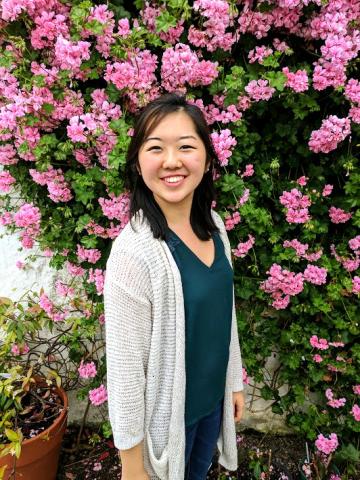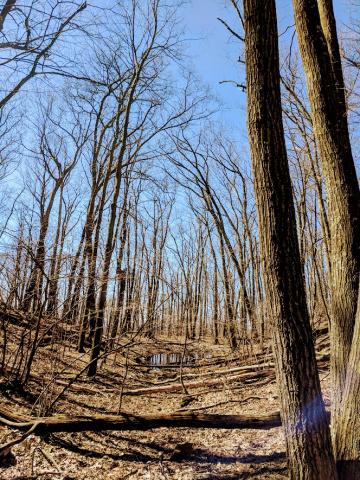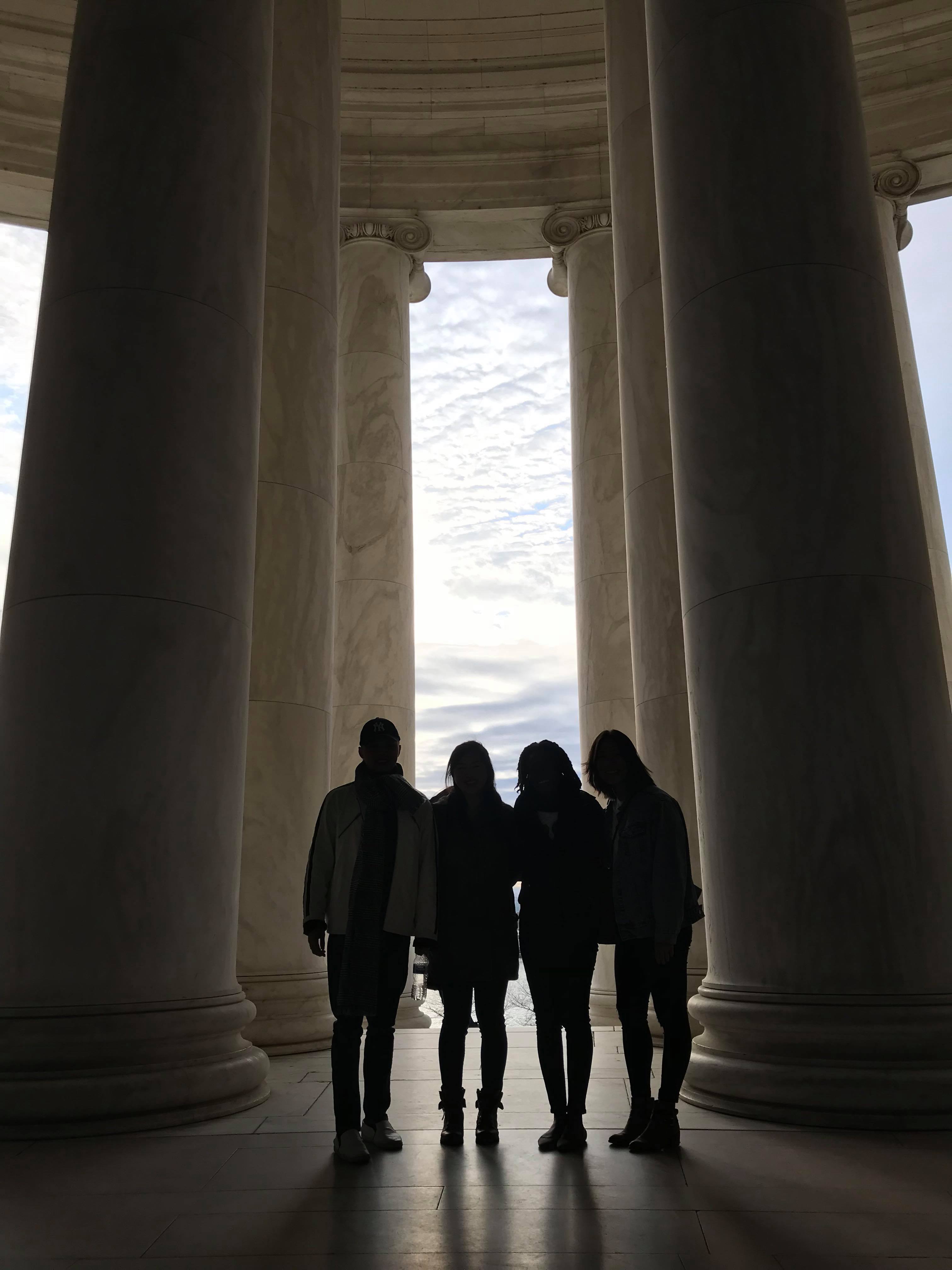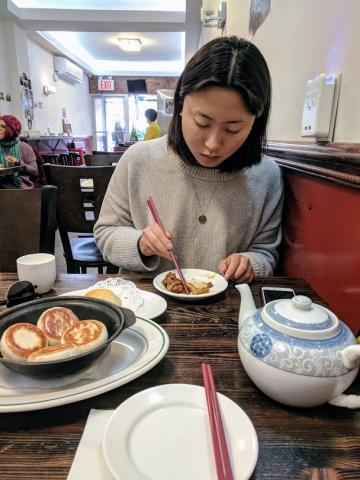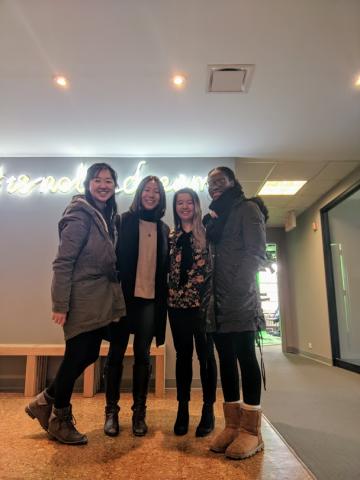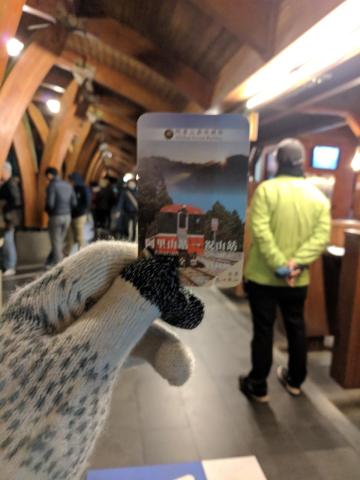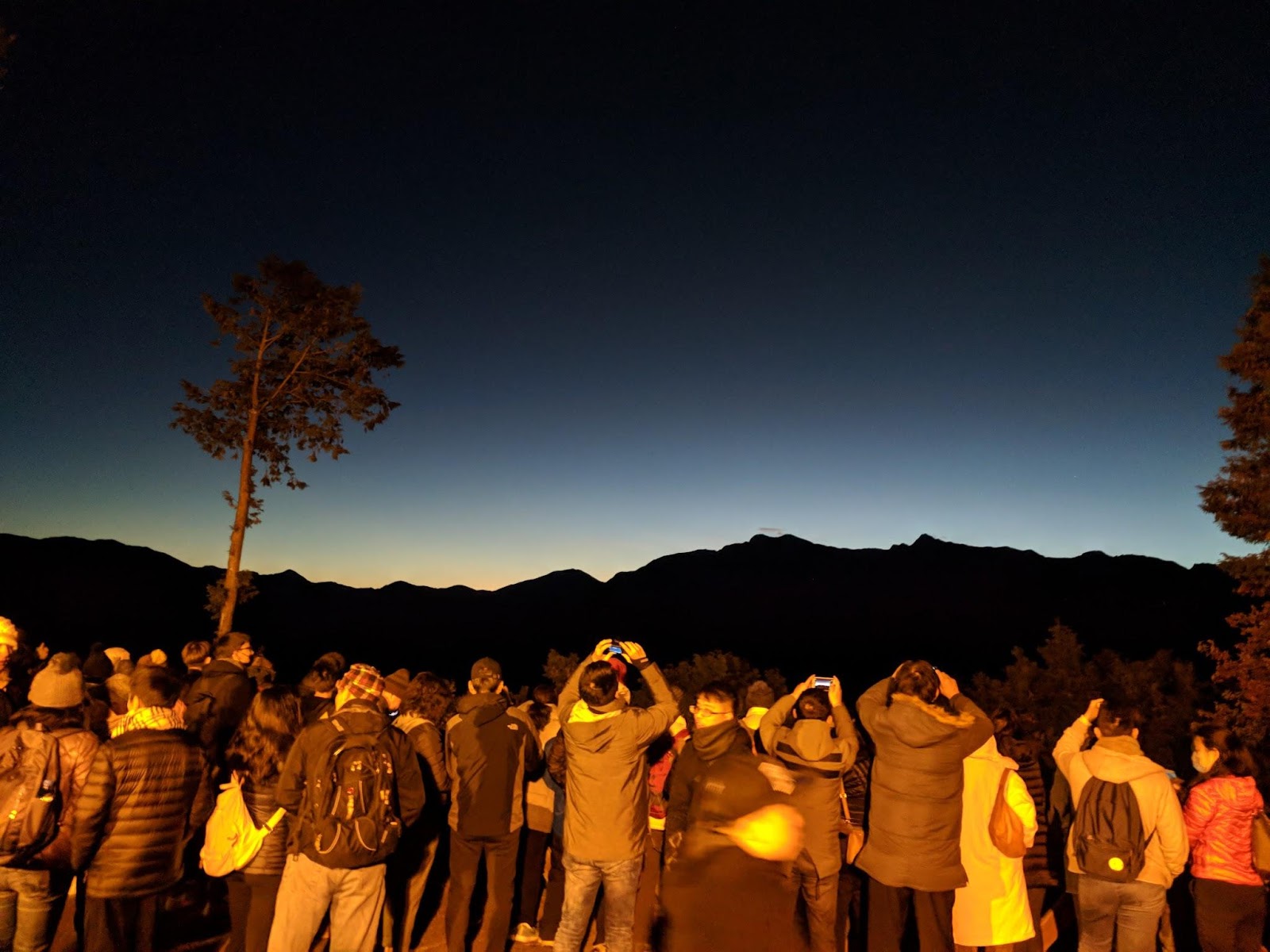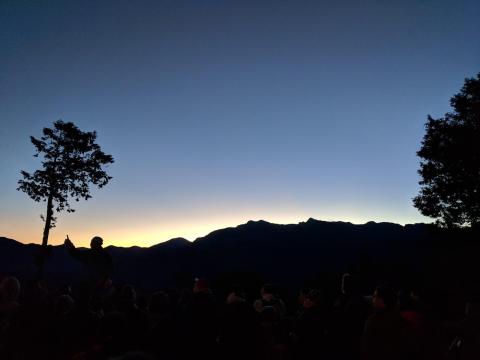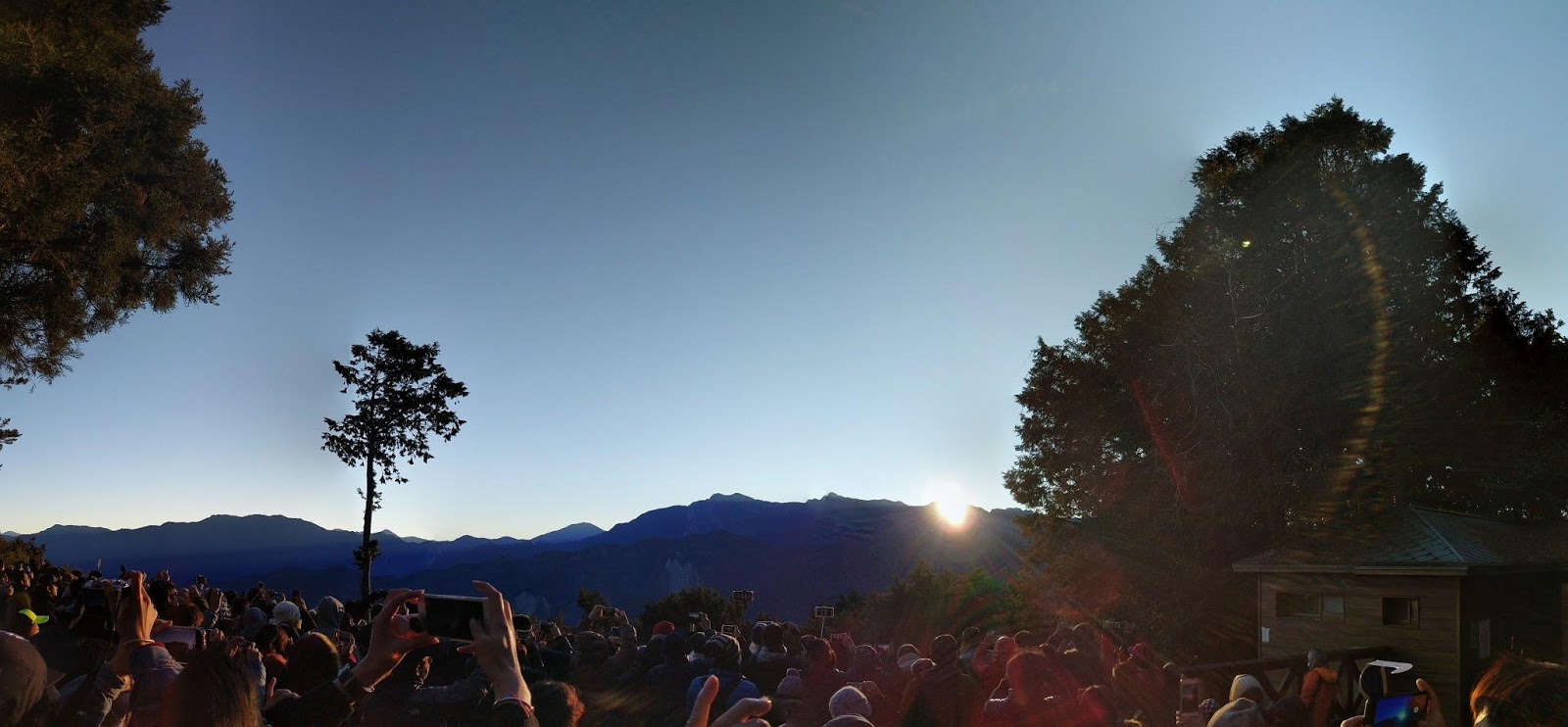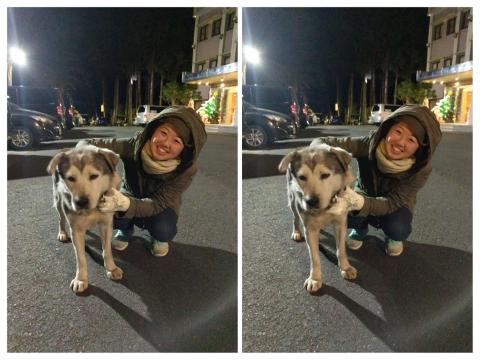
As promised, this is the article about my solo experience at Ichiran Ramen. Aggressively reputed to be the best ramen in the world, a chain opened in Taipei over the summer this year. Since then, the ramen establishment has attracted numerous locals and foreigners for the “Ichiran experience”. Supposedly, it is open 24 hours to reflect the Japanese post-clubbing tradition to consume ramen.
Anyway, the chain’s opening all day long, all days of the week do not mitigate the problem of overwhelming crowds. The Taipei chain apparently holds the record for the longest, continuous queue of customers for Ichiran Ramen, setting a new record of 240 hours of diners waiting just to try a bowl of their renowned noodles. Taipei’s record is a 22% increase from the previous record, which was held by the Hong Kong’s branch at 196 hours.
My friends and I leapt into the abyss, without knowledge of the chain’s popularity. As we talked about the aspects of Japanese culture that the ramen store encapsulated, I began to imagine a restaurant saturated with a looming silence and a mechanical atmosphere. Far from the truth, my expectations shattered when we turned the corner and arrived at a bright establishment, from which snaked an absurd line of chattering customers. I could not believe my eyes. I asked a restaurant server, who was standing outside, about our expected wait time, to which she responded, “About an hour and a half”. Mind you, it was already 10:30PM, and still, we were expected to wait an absurd amount of time.
The line immediately reminded me of the unreasonably long queues at theme parks. But, as one of my friends put it, “I mean, it’s slightly better than Disneyland but worse than Six Flags”. That and the wee bit of adventure left in us after visiting the hot springs were enough to catapult us in line with the others. We stood in line, hypothesizing reasons for the popularity of the restaurant’s philosophy, while trying to justify our decision to jump onto this time-consuming bandwagon. I thought, perhaps, the food tasted better from starving us patrons a little longer than we’d like. What’s worse, the restaurant did not take reservations.
Thankfully, our actual wait time came up short of expected wait time. We waited a total of 45 minutes before waiters whisked us into individual booths.

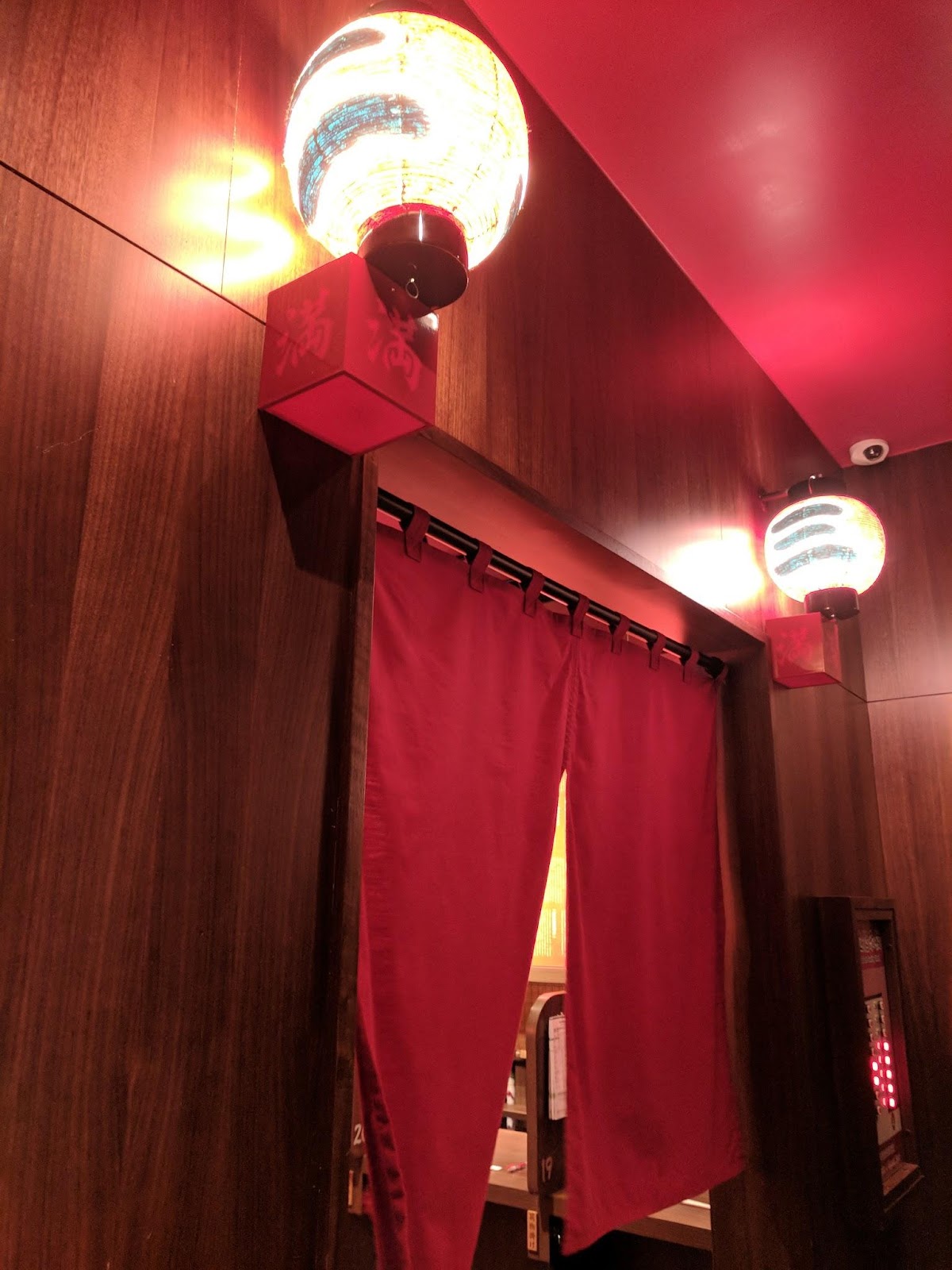
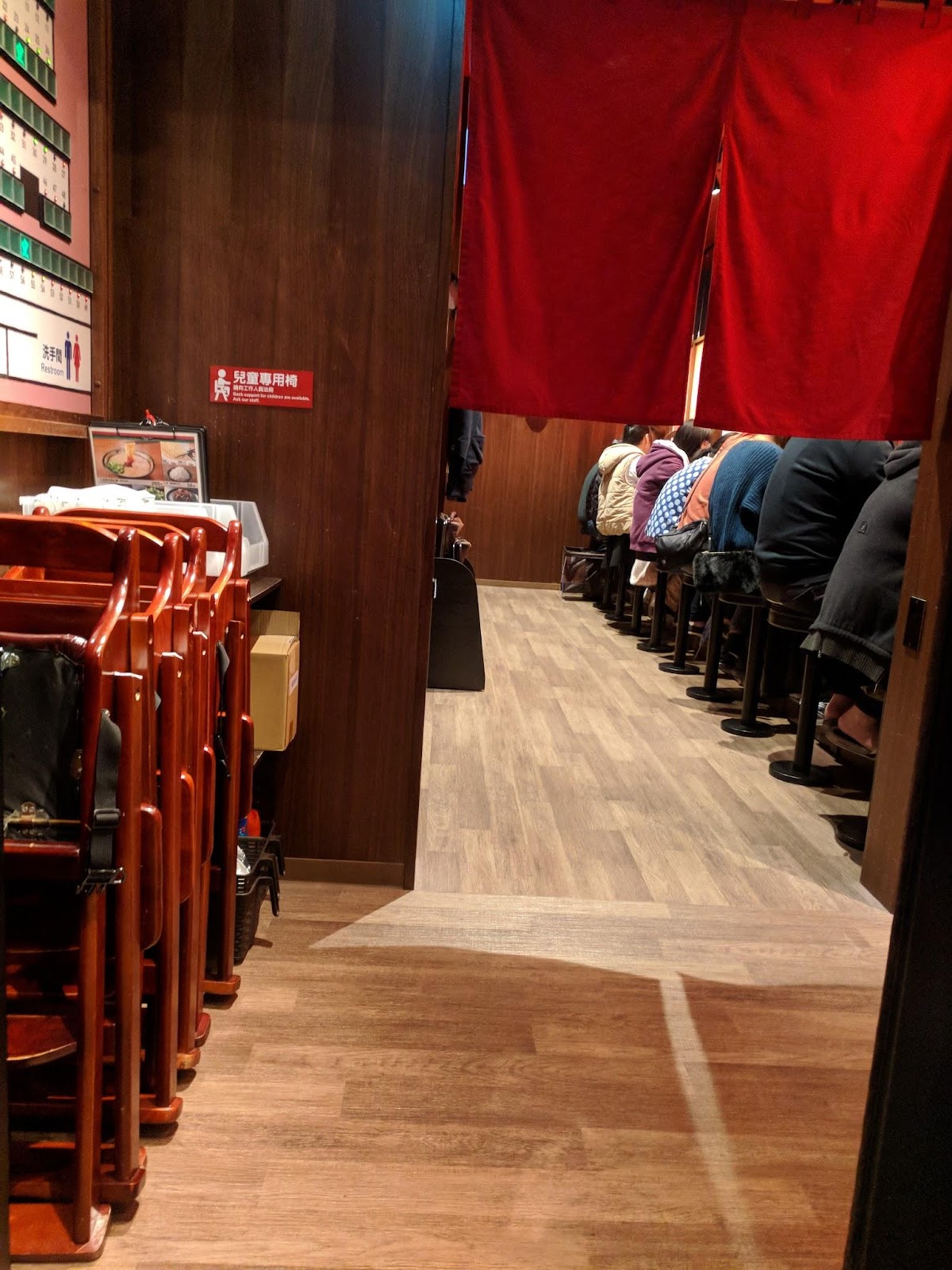
All Ichiran branches were designed this way, claiming that this distraction-free environment would obligate customers to focus on the details of their bowl of noodles. Nothing could stand into the way between people and their ramen. Traditionally, in Japanese branches, the establishment is dead silent. There is no audible exchange between the customers and the staff. The Taipei branch tries to imitate the original Japanese establishment as closely as possible. Instead of giving my order to a waiter, I filled out my individual preferences for my ramen, deciding not to add toppings and requesting a less rich broth, slightly-harder-than-al-dente noodles, and other particular tweaks.
When the waiter’s hand took my order and shut the bamboo blinds, I reveled in the subsequent silence for a brief moment. Loud chattering broke through from the adjacent stalls. Curious, I leaned back slightly and glanced over to my neighboring stall. Four girls who sat in the booths next to me chatted away….through videochat….with each other. Nonplussed, I returned my attention to my “cubicle” and tried to tune them out. Here I was trying to center my focus solely on the dialogue between the food and my senses. It was very hard to ignore the girls who had technically gotten their solo experience by dining in their individual stalls, but had also redefined their Ichiran experience to include each other virtually. Now slightly amused, I noticed the bamboo curtain in front of me rustling, lifting, and giving way to a bowl of ramen.
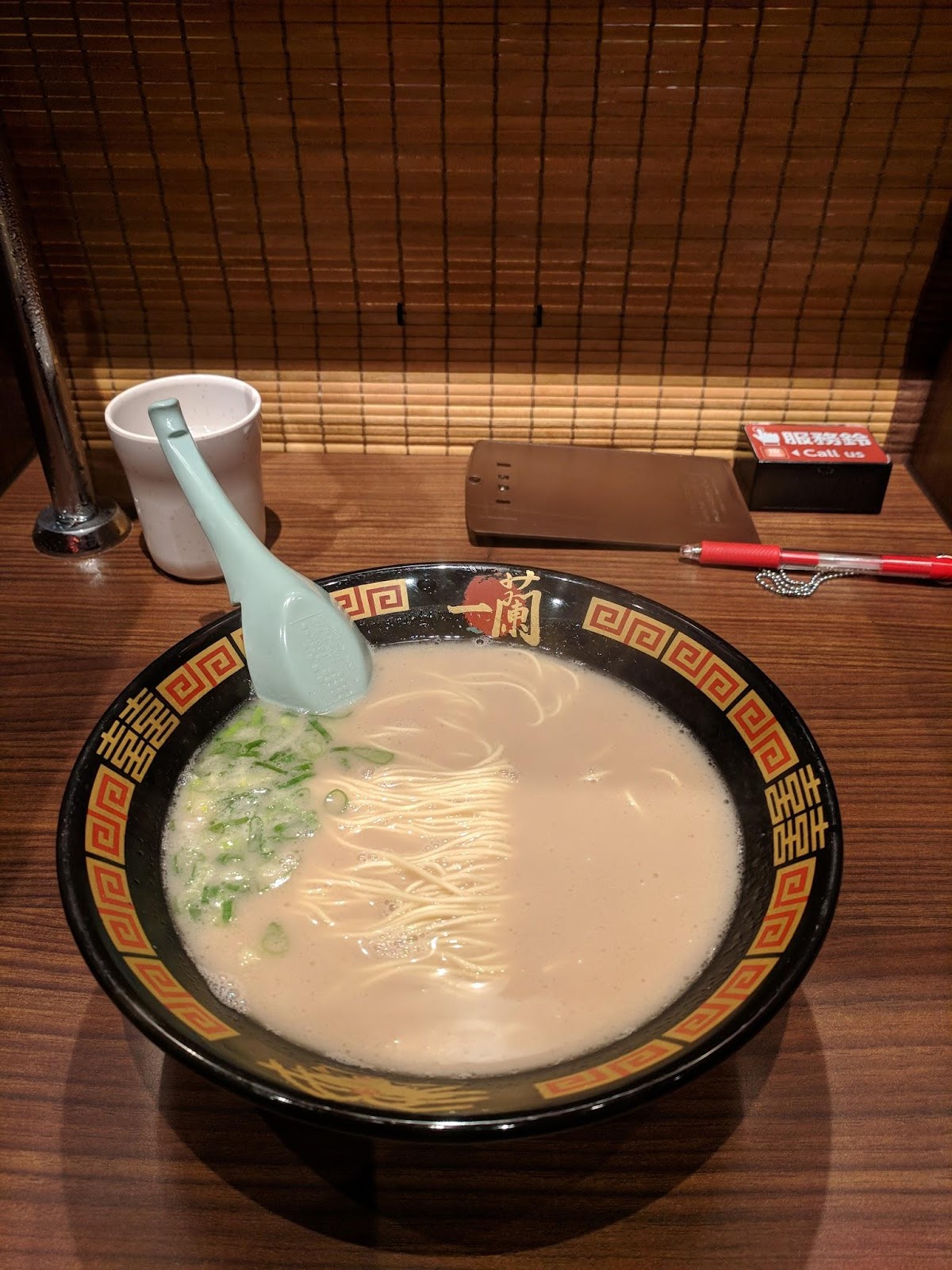
I had watched Jiro Dreams of Sushi, a 2011 American documentary film directed by David Gelb, the night before. The sushi masters in the documentary talked about the energy held within food and the goal of master chefs to deliver food with its maximum energy. They also emphasized the importance of eating food as quickly as possible in order to transfer as much of the energy into our bodies. With this in mind, I felt like I had no time to waste. When my bowl of ramen arrived, I snapped a couple shots and slurped up my first spoonful of soup.
It burned my tongue immediately. I gulped down cold water to try to extinguish the burn but to no avail. Nevertheless, I didn’t wait for the ramen to cool. Spoonfuls of the Ichiran goodness went down (my esophagus) in flames. The rest of the ramen was history. When I finished, the empty, black bowl continued to give off steam, as if preserving the persistent spirit of the ramen.

I walked out of the stalls with my friends and we paid for our meals. Everything was done with minimal verbal exchange. As if suspended by the recent solo dining experience, we didn’t burst the illusive bubble until we stepped out of the establishment. “So, how was it?”, we asked of each other. “An once-in-a-lifetime experience”, we agreed.
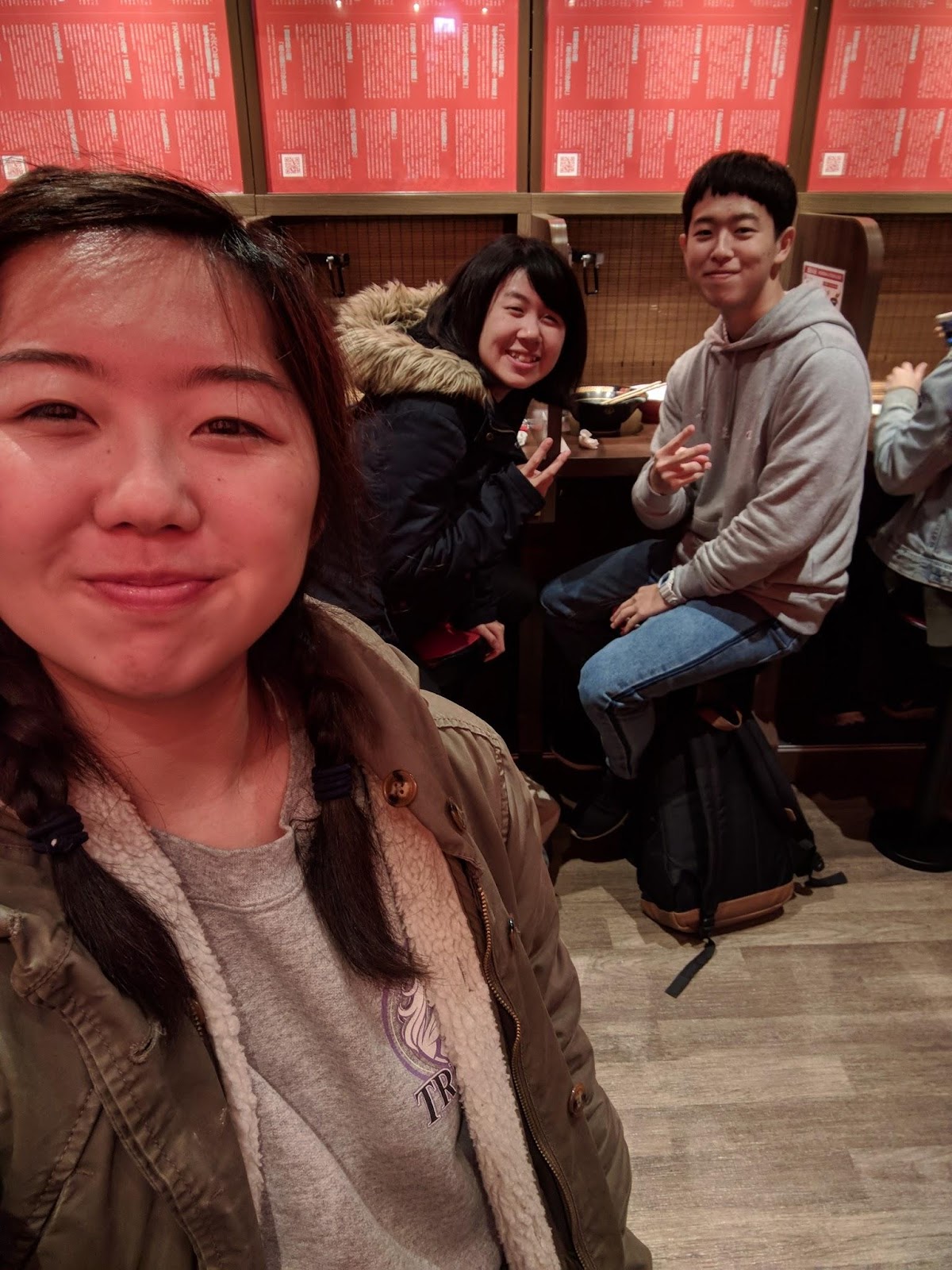
***
P.S. I just found out that Ichiran’s first U.S.A. branch opened a day before my birthday last year (Oct 19 2016) in Brooklyn, NY. So if a solo ramen experience catches your fancy, you can consider making a trip to NYC and experiencing it for yourself. Just as a heads up, though, the NY branch has been getting beef (no pun intended) for its unreasonable prices. One person might pay $20 for a bowl that could be priced at $10 in Japan. With that said, if you should go, let me know how it is for you!
